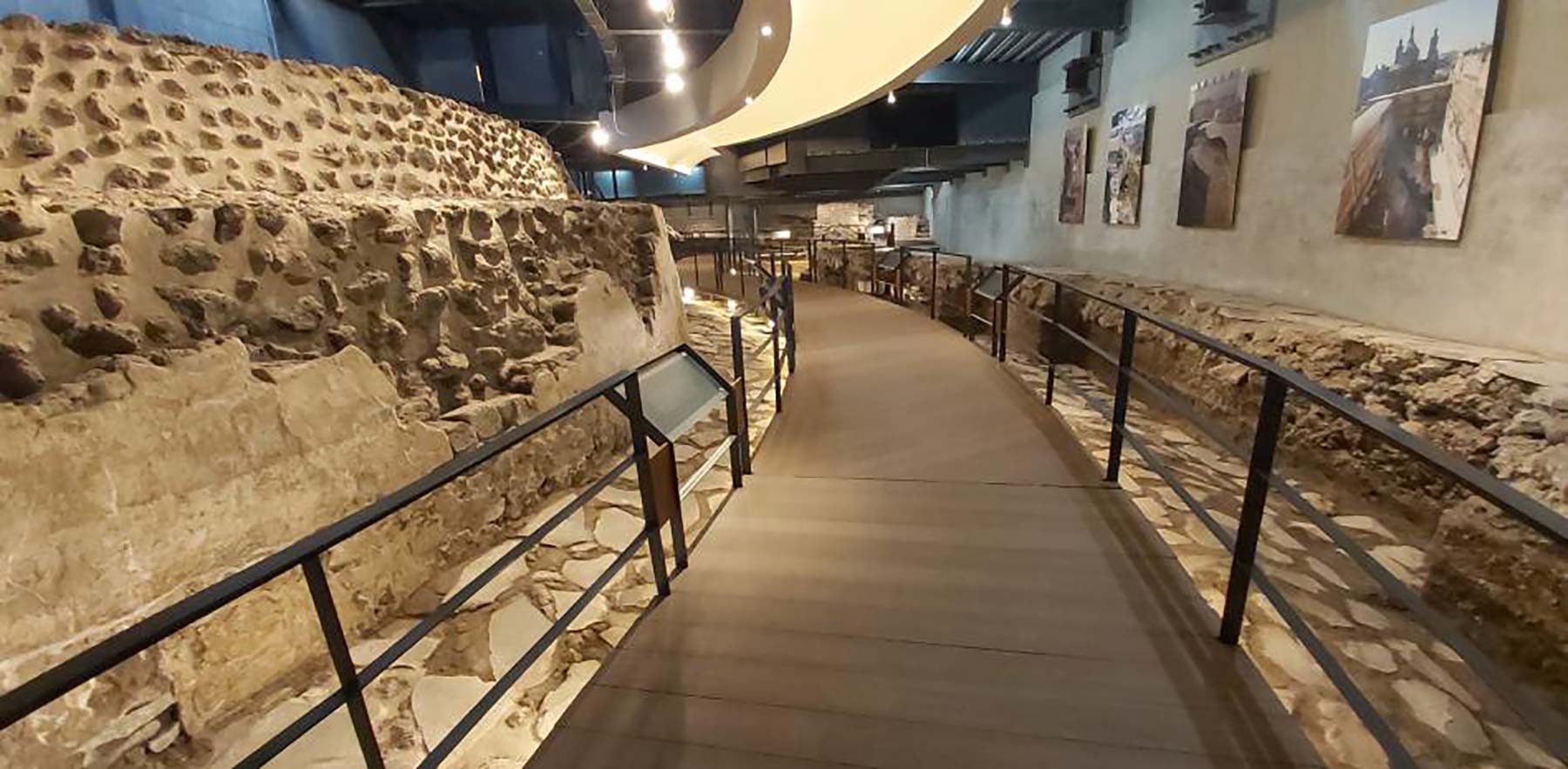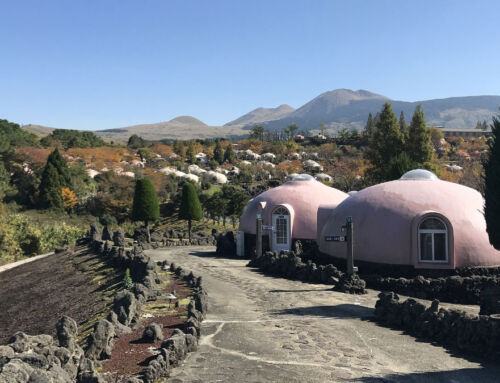Once relegated mainly to military installations and shelters, underground architecture is now emerging as a solution to innovatively address sustainability challenges, or the scarcity of space in urban environments. This trend is experiencing a renaissance with a new approach, which is geared towards ecological design, energy efficiency and space optimisation.
One example is the Sala Silvermine project in Sweden, which has transformed a former silver mine into an underground complex and hotel. Its design takes advantage of the thermal inertia of the ground to minimise energy requirements for heating and cooling. Another exemplary case is the Templo Mayor Underground Museum in Mexico City, where the architecture integrates harmoniously, with minimal ecological footprint and visual impact, with the original archaeological wealth.

Savings in air conditioning costs or the use of surface land for gardens or infrastructure are some of the benefits of underground architecture. These possibilities make a direct contribution to mitigating the heat island effect in the city.
Given the increasing population density and space restrictions in urban centres, underground architecture offers an opportunity to rethink the relationship with our environment. Underground architecture therefore encourages us to question the paradigms of contemporary design, towards a more sustainable and efficient future in the use of natural resources and the use of space.
By Juan Guardiola Cutillas, Senior Architect in the Architecture Department of Amusement Logic






